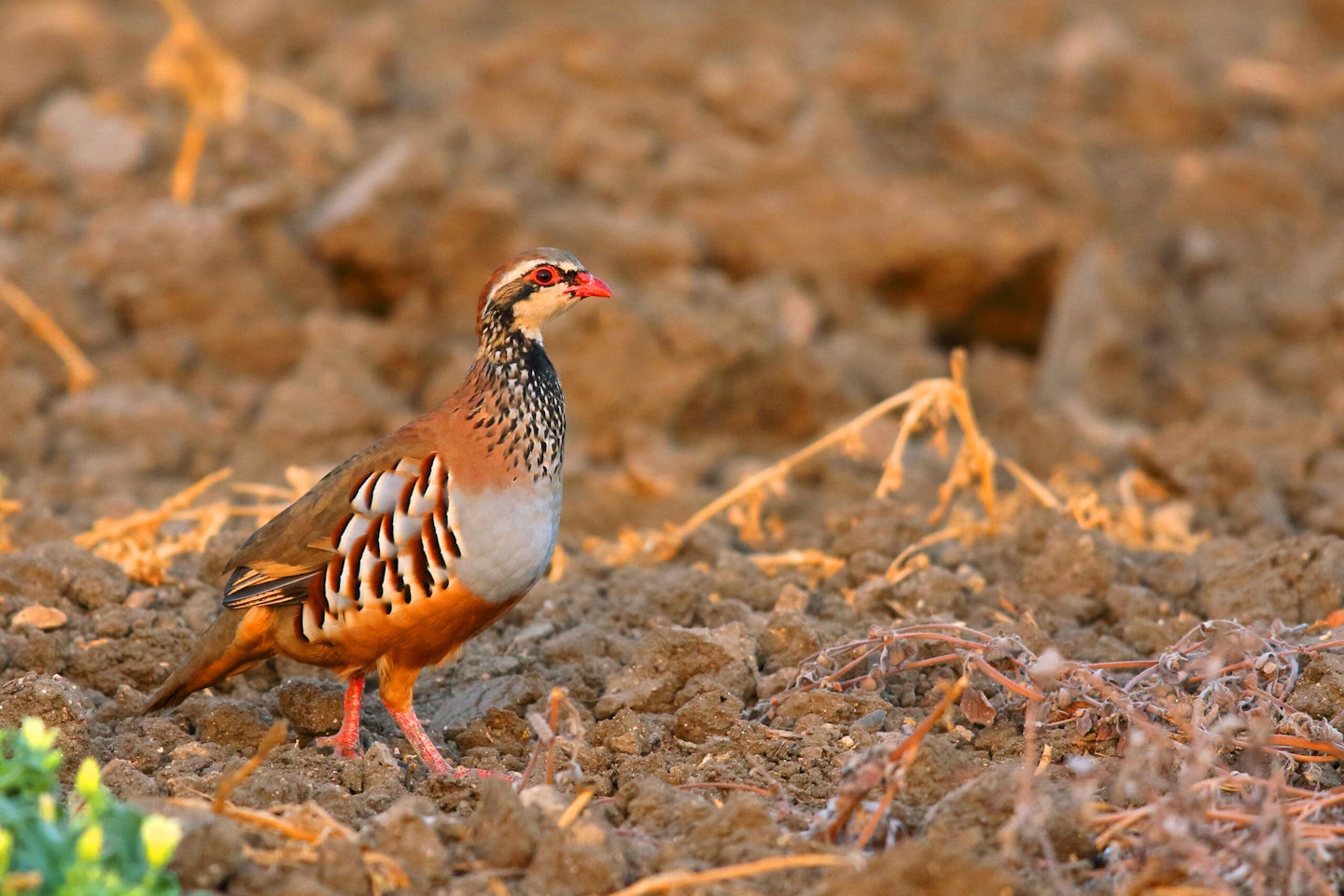Bird races, even against yourself, will help you find more birds, writes Bo Beolens…
Many birders will take part in a bird race; chasing around the country, from dawn to dusk at the beginning of May. I think that the record in my county is 143 birds seen in such a day… sometimes it takes me a whole year to reach that! My ‘big day’ isn’t in competition with others, I can’t see the point, especially when I have zero chance of winning. Mostly, I set out on New Year’s Day to see how many birds I can get under my belt by sunset. Back in the last century my target was 100 birds, but I never quite made it. My best bet was the Isle of Sheppey… it has a number of wetlands, a river front, seaside, salt marsh, a few tiny areas of woodland and a lot of farm land. Its geographical situation makes it ideal for watching winter raptors.
Any time of year, it probably has the densest population of Marsh Harriers in the UK. Come winter, Short-eared Owls come down from the high moorlands, swapping frozen landscapes for soft southern climes… it’s not unusual to have dozens of owls demolishing the local Short-tailed Vole population, in competition with resident Barn Owls and visiting Hen Harriers. If you are lucky, you can find Long-eared Owl roosts or see a Little Owl atop a farm shed. There are increasing numbers of Buzzards, Merlins whipping by at weed-top height like fighter pilots in training, and Peregrines given away by the sudden rise of hundreds of Golden Plovers or skittish winter geese. Some winters you might even luck upon a Rough-legged Buzzard posing like an eagle on a hay bale.

Several large farms have ‘shoots’ with released Red-legged Partridges and Pheasants thick on the ground. While I see nothing but bad Karma in the pastime, the preparation of feeding stations and shores of crops left as cover are often alive with sparrows, buntings and finches. The island has never lost its Corn Buntings and its crops feed thousands of geese.
So, the bountiful isle would usually get me into the nineties with waders and wildfowl, raptors and occasional rarities. Sadly, over the last few years I’ve had much lower figures. What were crisp, sunny Januarys in the 1990s are now more often sad and soggy. Mild weather elsewhere obviates the necessity to pile down south in search of prey. This year it wasn’t until mid-February, that a Great-spotted Woodpecker visited my feeders to bring up the ‘ton’.
Back at the last year of the century I did try my hand at bird racing, in as much as we also serve who only stand and wait. Myself and two friends measured out the prescribed ‘big sit’ circle near the top of another Kent hotspot – Northwood Hill, an RSPB reserve with an ancient heronry, grown smaller now, but sporting several different species. From our perch we could see across the north Kent marshes, over the Thames to Essex’s oil refineries. The struggle up the hill nearly did for me, but I had all day to rest up and watch. From the wood behind birds sang. Waders and reed species popped up to view and farmland species kept us going all day, from Nightingale dawn to Woodpigeon’s eve. By the time I staggered back down the hill to my car (rather lighter without several kilos of snacks and sandwiches) we had ticked 77 species without moving out of the 17 feet diameter circle. For all I know the record may stand.
But finally, a cautionary tale: My son’s Buckinghamshire bird race almost ended disastrously when helicopter floodlights and armed police surrounded his group as they scoured woods for night-birds. Telescopes misidentified as guns closing in on Chequers!
Subscribe to Bird Watching Magazine today and never miss an issue! Choose Print+ and you will receive 13 issues delivered straight to your door with FREE UK delivery plus digital access on your smart devices. View our latest offers here
